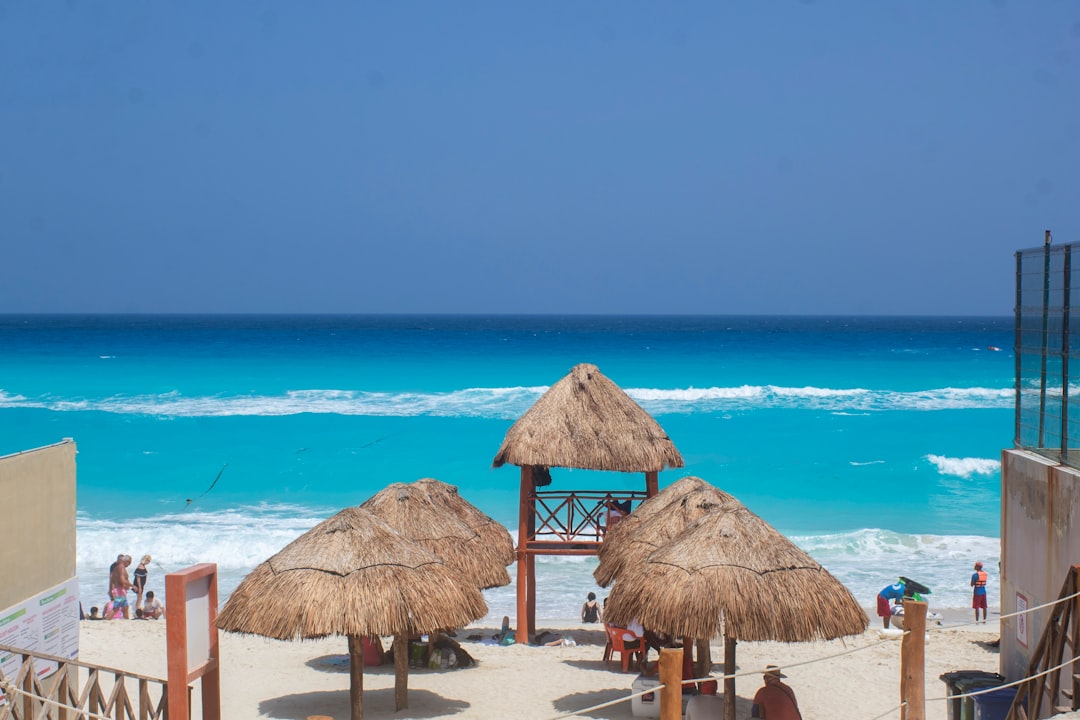Dubrovnik’s Art and Architecture: A Journey through Renaissance and Baroque
Nestled along the picturesque coast of the Adriatic Sea, Dubrovnik is a treasure trove of rich history and stunning beauty. This Croatian gem has long been celebrated for its impressive art and architecture, particularly from the Renaissance and Baroque periods. Join us as we embark on a journey through the ages, exploring the cultural heritage that makes Dubrovnik a true marvel.
The city’s artistic journey begins in the 15th century when it emerged as a thriving maritime republic known as the Republic of Ragusa. During this time, Dubrovnik was at the height of its economic power, allowing for the patronage of talented artists and architects. The influence of the Renaissance on the city’s artistic development is evident in the elegant palaces and churches that grace its streets.
One of the most iconic landmarks in Dubrovnik is the Sponza Palace, a prime example of Gothic and Renaissance architecture. Built in the 16th century, this stunning structure served as a customs house and a mint, reflecting the city’s prosperous trading history. The intricate stone carvings and ornamental details adorning the palace exemplify the fusion of Gothic elements with Renaissance aesthetics.
Moving through the charming streets of Dubrovnik’s Old Town, one cannot help but be captivated by the city’s cathedral. The Dubrovnik Cathedral, also known as the Cathedral of the Assumption of the Virgin Mary, is an architectural masterpiece that showcases the grandeur of the Baroque style. Its imposing facade, adorned with magnificent sculptures and intricate reliefs, leaves visitors in awe of the talent and craftsmanship displayed.
As we make our way to the Rector’s Palace, we are transported back in time to the days of Dubrovnik’s glory. This 15th-century palace, which also blends Gothic and Renaissance styles, served as the seat of the Rector, the city’s chief magistrate. Today, it houses the Cultural Historical Museum, where visitors can marvel at a collection of artifacts that tell the tale of Dubrovnik’s illustrious past.
Venturing outside the Old Town, we stumble upon the Dominican Monastery – a serene oasis of tranquility. This sublime example of Gothic architecture is home to a rich collection of artwork and religious relics, including works by local masters such as Nikola Božidarević and Vicko Dobričević. The monastery’s serene cloister, adorned with elegant columns and delicate arches, evokes a sense of peace and contemplation.
A short walk from the Dominican Monastery leads us to the Church of Saint Blaise, the patron saint of Dubrovnik. This Baroque masterpiece, completed in the 18th century, is a testament to the city’s devotion and spirituality. The church’s impressive facade, adorned with statues and reliefs depicting scenes from the life of Saint Blaise, symbolizes the vibrant religious life that has shaped Dubrovnik throughout the centuries.
No exploration of Dubrovnik’s art and architecture would be complete without a visit to the Franciscan Monastery. A true gem of the late Gothic style, this monastery boasts an exquisite cloister and a stunning library. The monastery’s pharmacy, one of the oldest in Europe, houses a collection of ancient medical tools, books, and botanical specimens that offer a fascinating glimpse into the history of medicine.
Dubrovnik’s artistic heritage is not confined to its grand structures alone. The city’s streets are adorned with beautiful sculptures, intricate fountains, and vibrant murals that add to its cultural allure. Whether in the narrow alleyways of the Old Town or along the city walls that offer breathtaking views of the shimmering sea, art is everywhere in Dubrovnik.
In conclusion, Dubrovnik offers a journey through the Renaissance and Baroque eras that is truly unparalleled. Its magnificent palaces, churches, and monasteries are a testament to the city’s rich cultural heritage, while its charming streets and atmospheric squares beckon visitors to explore further. Dubrovnik’s art and architecture breathe life into its storied past, inviting travelers to immerse themselves in the beauty and creativity that define this enchanting city.








